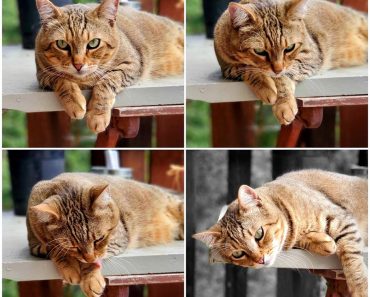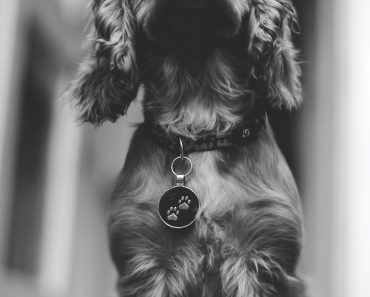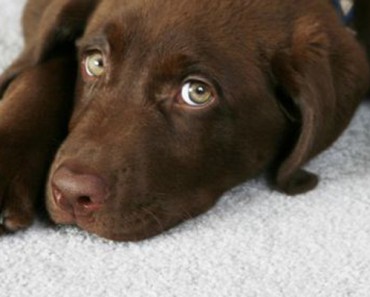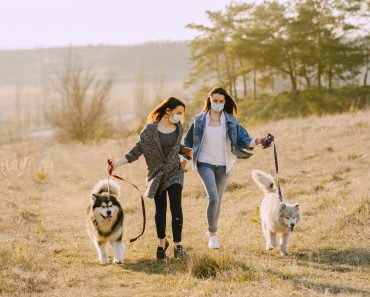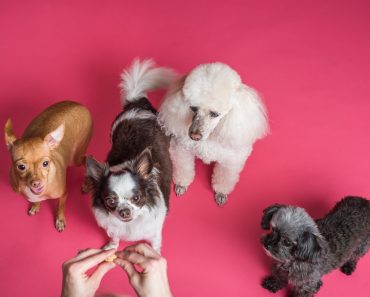
Four basic puppy obedience training commandsFour basic puppy obedience training commands
August 4, 2020 0 Comments 16:44What every puppy should know Now that you have brought your new family member home and your new puppy is settling in it is time to start his obedience training. Puppies can begin their obedience training as early as seven or eight weeks old. There are several very basic commands[...]

